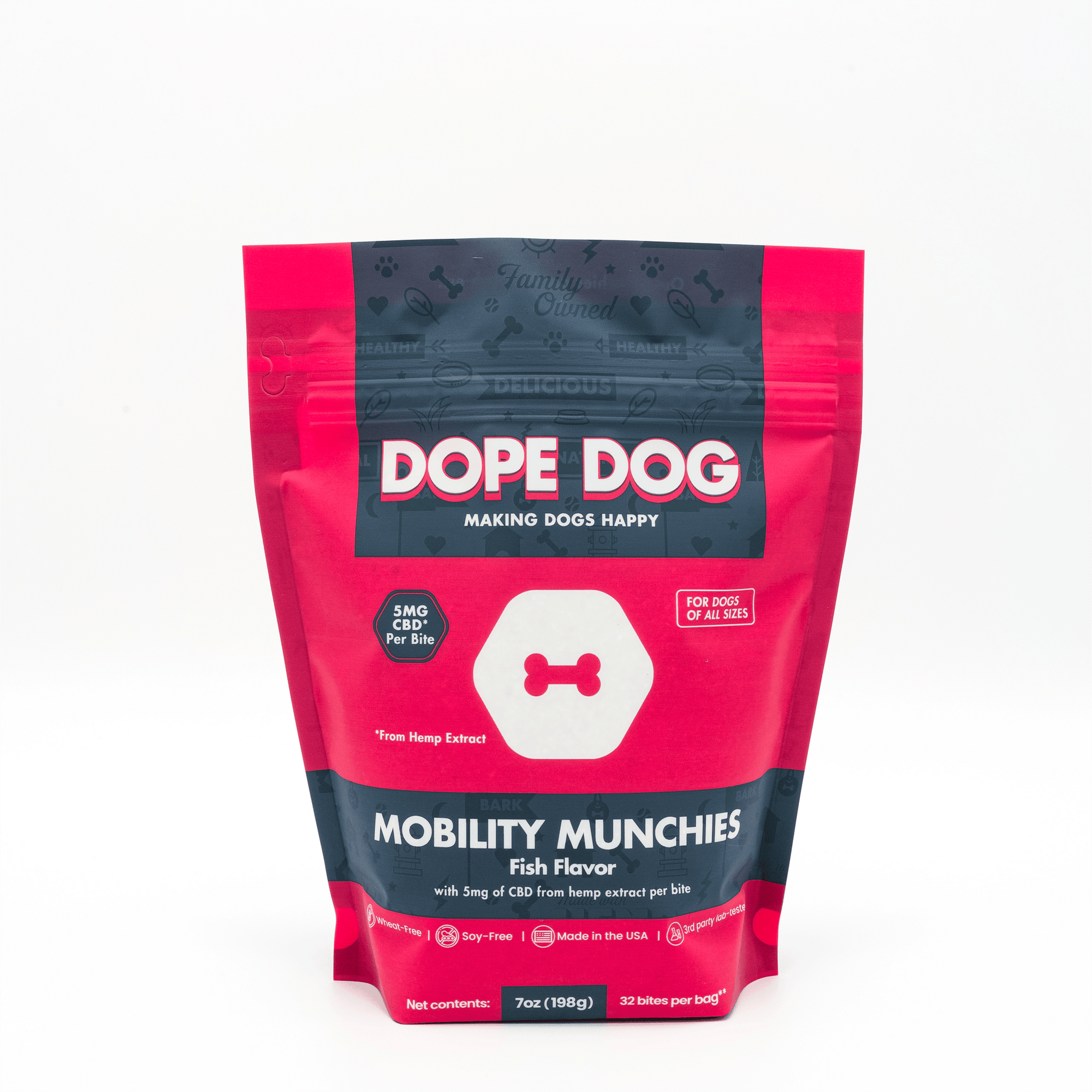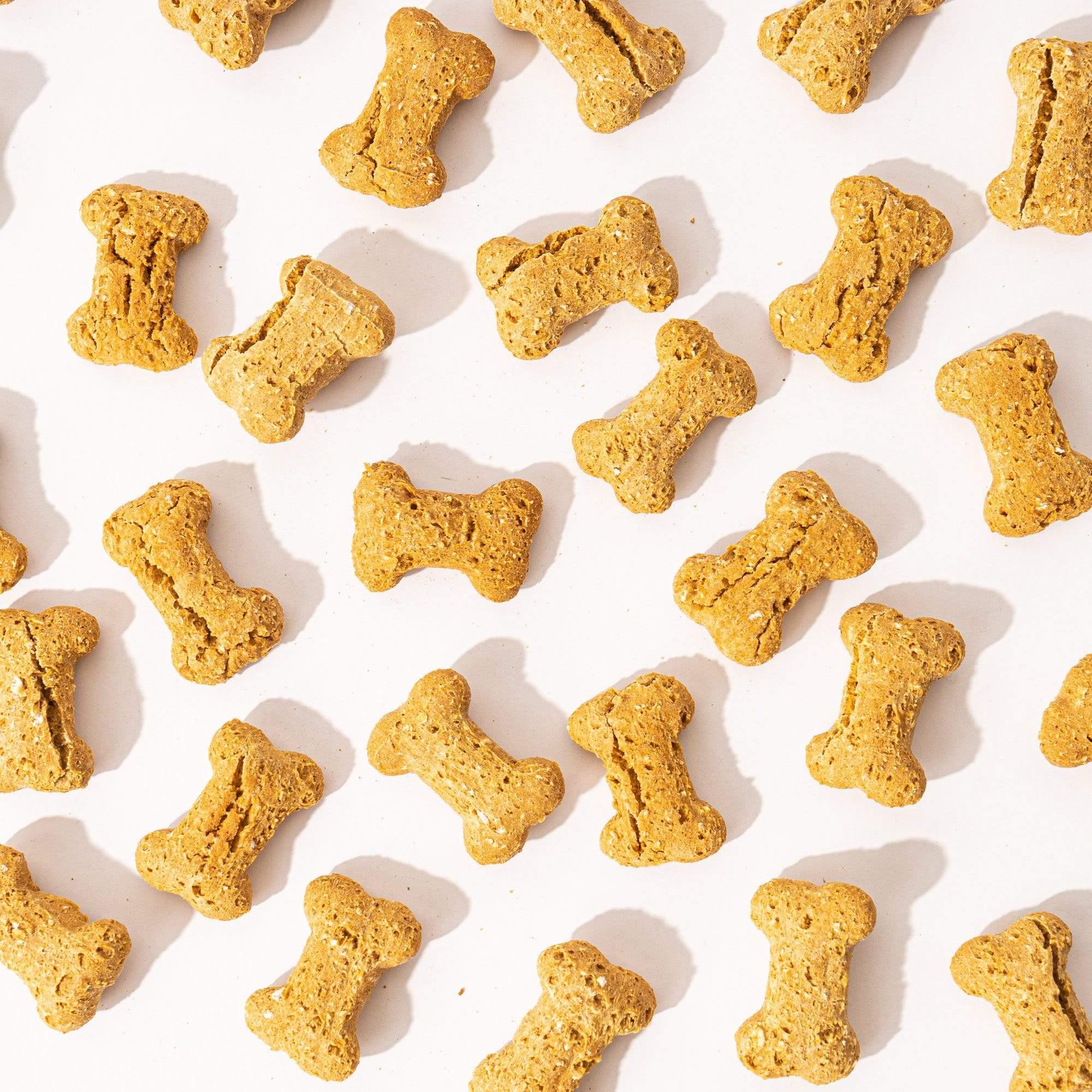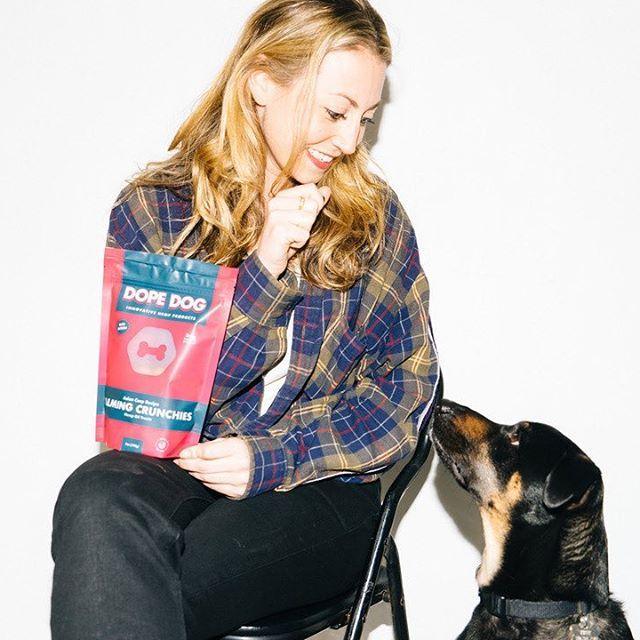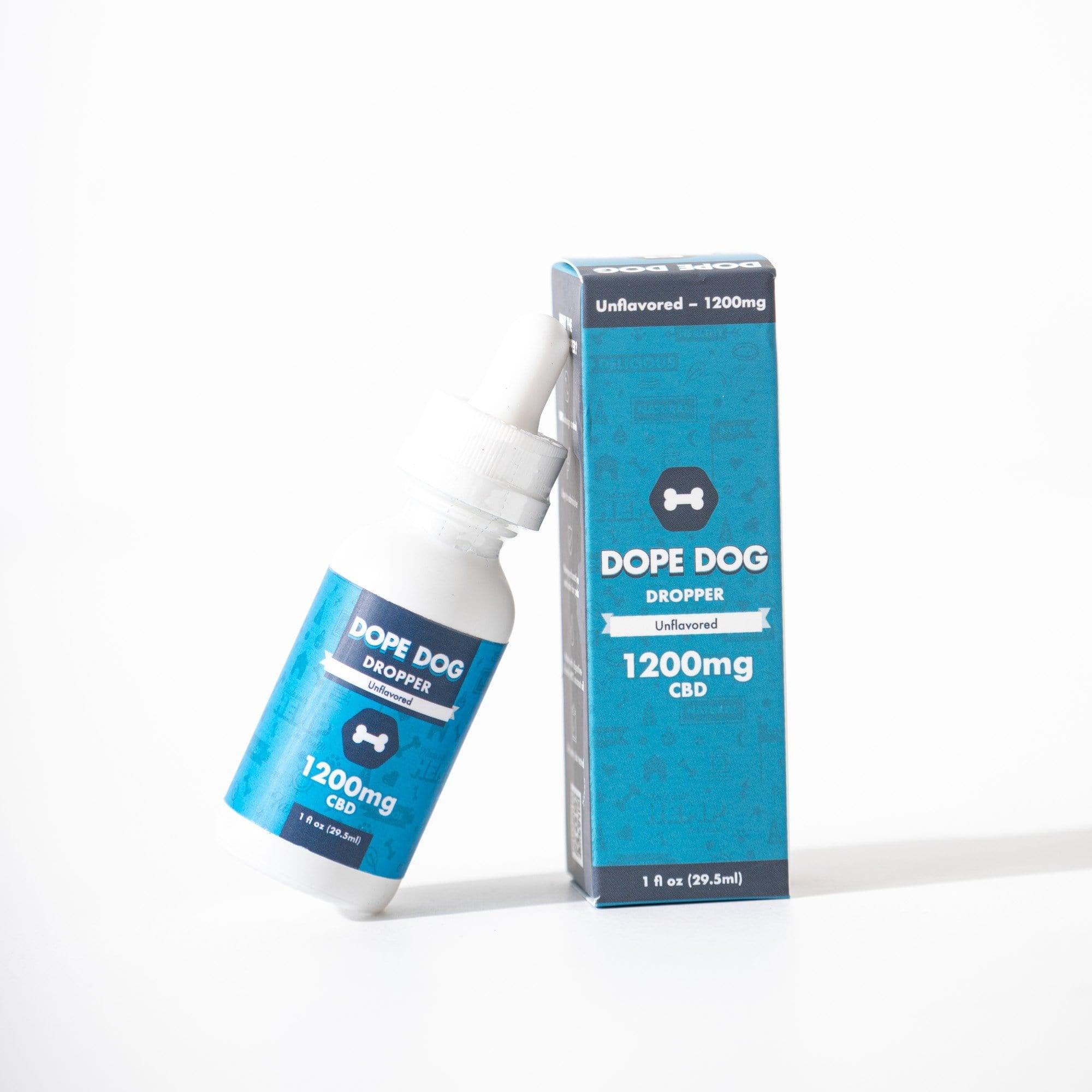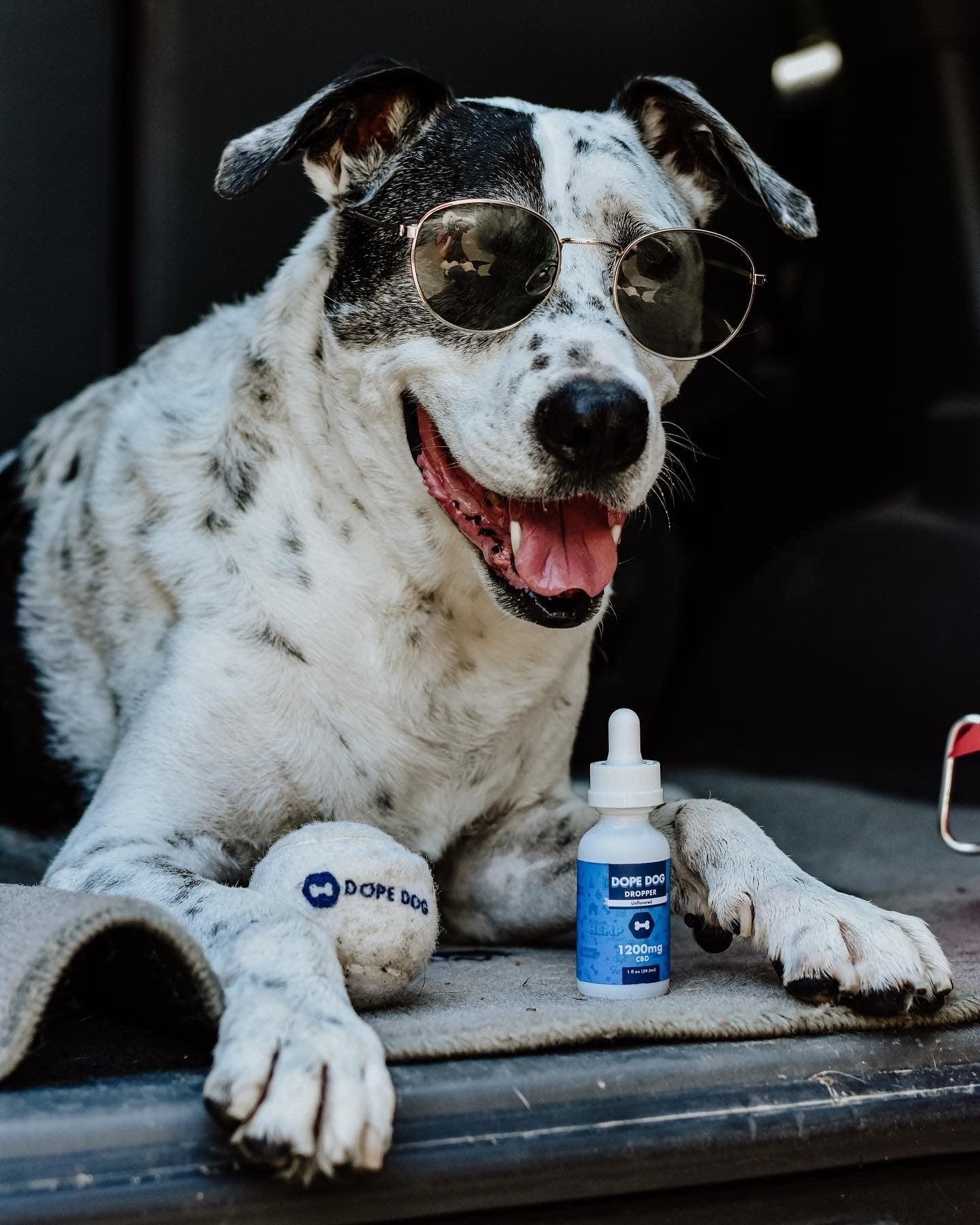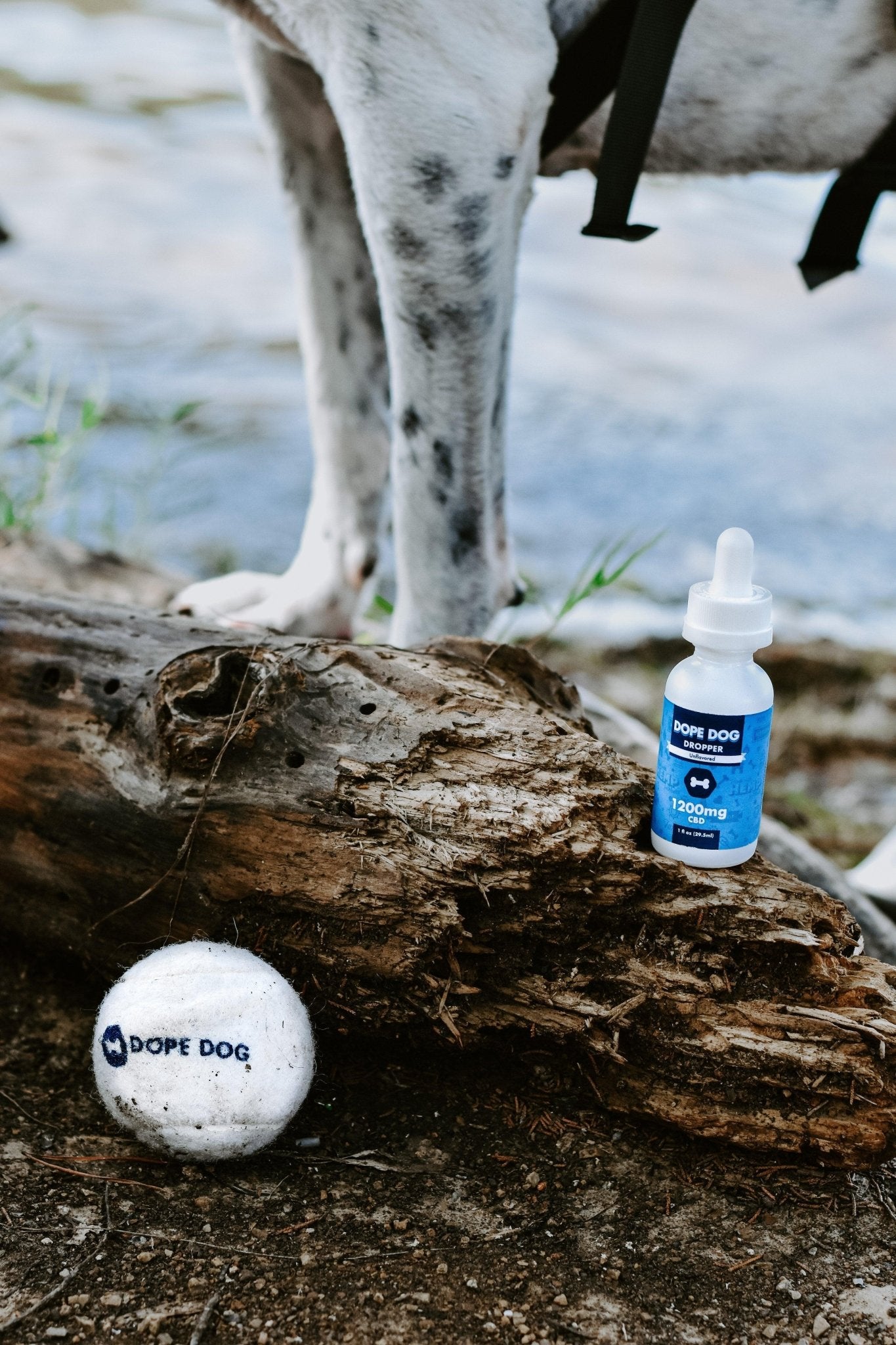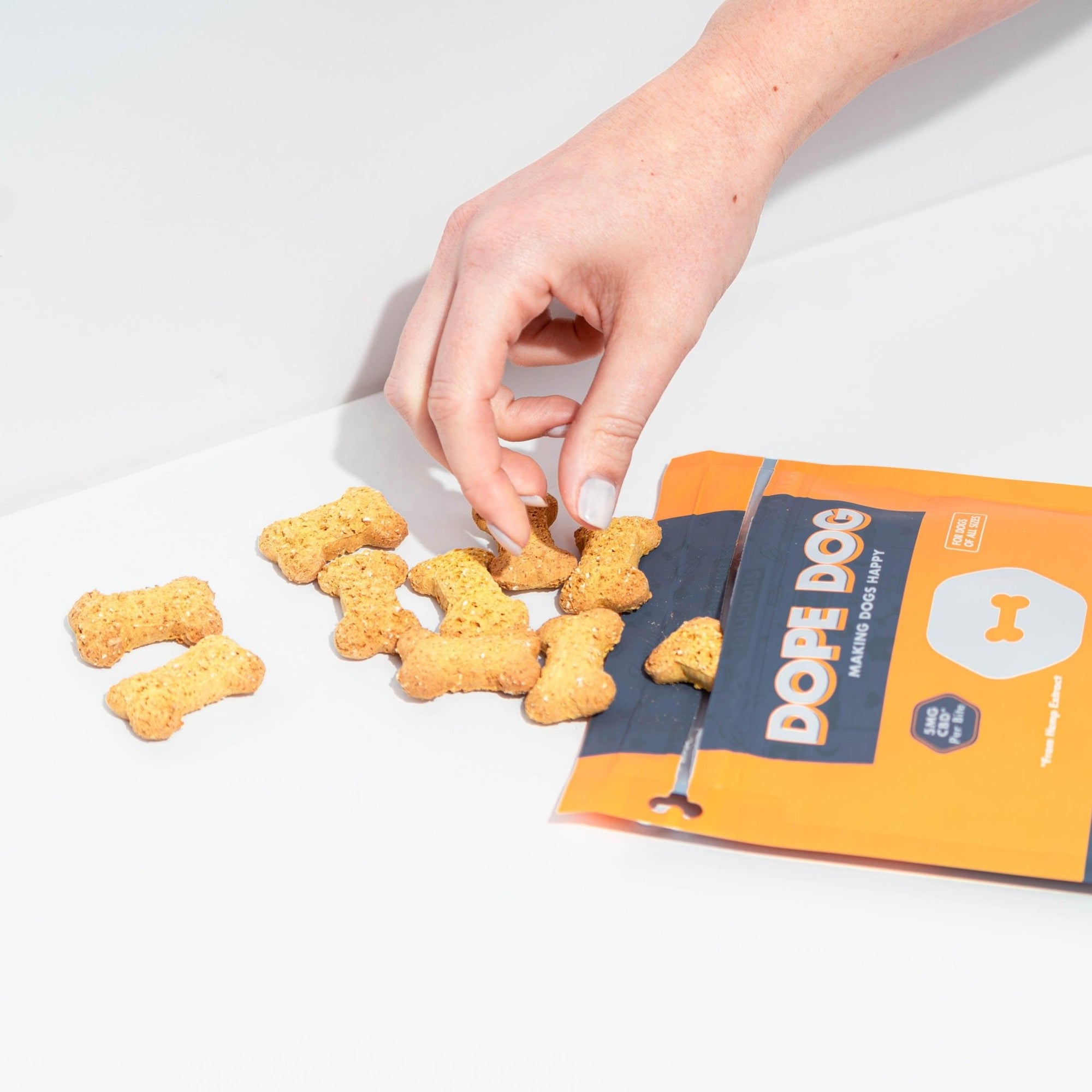Related: Dog Breeds That Bark the Least
What Is Color Blindness & Does it Affect Dogs?
The idea of color blindness came up in the late 18th century when an English scientist (John Dalton) began conducting studies upon realizing that he and his brother did not recognize some colors.
In people, the most common form of color blindness is a defect in the red-green perception, which affects about 8% of men and 0.5% of women. Color blindness results from missing color-detecting molecules (photoreceptors) in animals or humans, causing an inability to recognize certain colors.
The idea that dogs only see in black and white can first be attributed to Will Judy when he claimed that dogs have poor vision and can only see single shades and tones along with only general shapes and outlines. In the 1960s, researchers began hypothesizing that primates were the only mammals with the ability to discern colors. There was little evidence to support those assertions, particularly when it came to the colors that dogs can see.
Do Dogs See in Black and White or Color?
Over the past few decades, researchers examining the canine eye structure revealed some basic design differences between people and dogs. Dogs evolved night vision as hunters, enabling them to see in the dark and detect subtle movements.
The retina is where the key to the color perception differences between dogs and humans can be found. Rods and cones are the primary light-sensing cells in eyes. Dogs have more rods, humans have more cones, affecting color perception. Humans, along with some other primates, have three types of cones, while dogs only have two.
Each of these cones registers different types of light wavelengths—dogs (and many colorblind people) are missing the cone that registers the red-green spectrum.
How Dogs See vs. How Humans See
Let’s take a side-by-side look at how dogs and humans view colors differently. These photos are courtesy of Dog Vision—a website devoted to understanding how dogs perceive color. They printed these comparisons to showcase the differences. The human view is on the left, and the dog view is on the right.

Dogs struggle to distinguish red, pink, and orange, making finding toys challenging, especially in grass, despite their popularity.

The yellow tennis ball is distinct from the pink frisbee in this picture. Dogs see yellow better, explaining their preference for tennis balls.

Now, looking at the blue ball, we can see that the dog can see it about as well as the yellow one. Dogs can easily distinguish blue and yellow from other colors, which might explain why they prefer these colors of toys over red, orange, and pink shades.
So, What Colors Do Dogs See?
Most scientists now agree that the colors dogs see are very similar to the ones that a red-green color blind human sees, according to Jay Neitz, who oversees the Neitz Color Vision Lab at the University of Washington. Dogs can see yellow, blue, and combinations of those two colors, which renders a lot of the world a grayish-brown for them. You can use Dog Vision’s free image tool to see how the world looks to your pup.
Dogs are less sensitive to gray shades than humans and only about half as responsive to lighting changes. They also tend to be quite nearsighted, and the degree varies based on breed.
But, some visual abilities of dogs outperform human capabilities. Dogs are significantly more motion-sensitive, especially at a distance, being ten to twenty times more sensitive than humans. Their vision is excellent during the dawn and dusk hours.
Related: Dope Dog—Ask a Trainer
What Does All of This Mean for You and Your Dog?
Don’t feel too bad about the fact that your dog can’t see all of the colors that you can. What they lack in vision, they make up for with their other senses. Your pup can hear a broad range of frequencies, including high-pitched sounds beyond our ears' capabilities.
Their sense of smell is even better. According to NOVA PBS, a dog’s sense of smell is at least 10,000 times stronger than a human’s—their nose has about 300 million receptors compared to the six million that we have. To add to that, the part of their brain responsible for analyzing smells is forty times bigger than ours, meaning that they can actually “see” more vivid pictures with their nose than we can with our eyes.
Your dog compensates for limited eyesight with an acute sense of smell, forming vivid pictures of the world.

Knowing that your dog can’t see certain colors allows you to choose toys and products that utilize the colors they see best, like yellows and blues. When you’re throwing a ball for your pup, it’s best to avoid shades of red, orange, and pink, so they’re less likely to lose it.
Your dog doesn’t need to see all of the colors to know which treats are his favorite. Treat them to something special from Dope Dog!
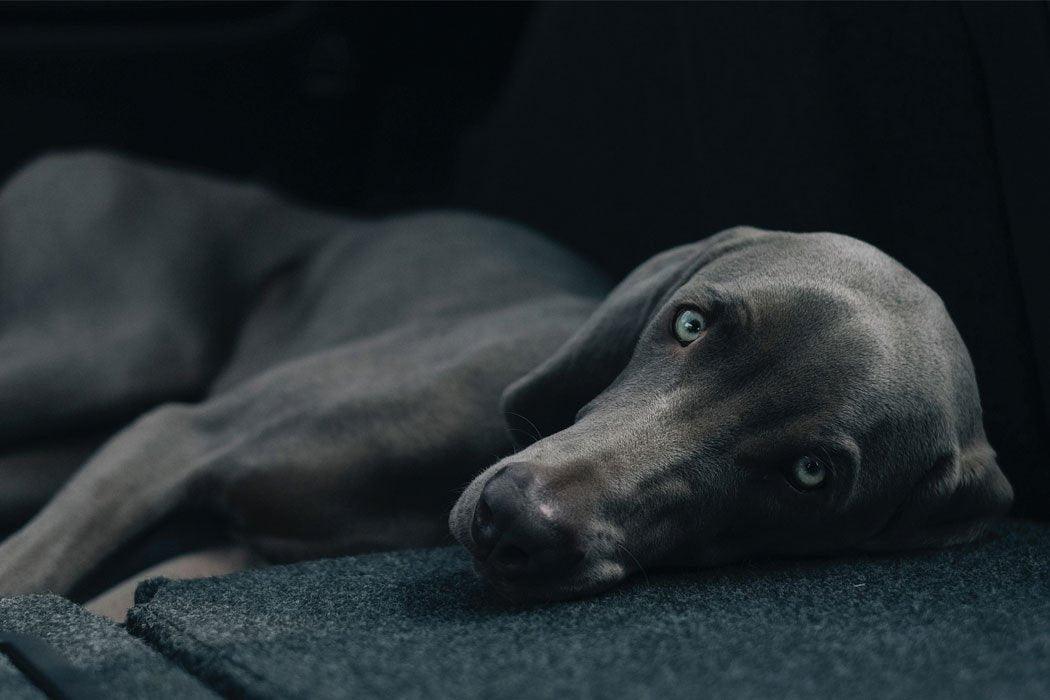
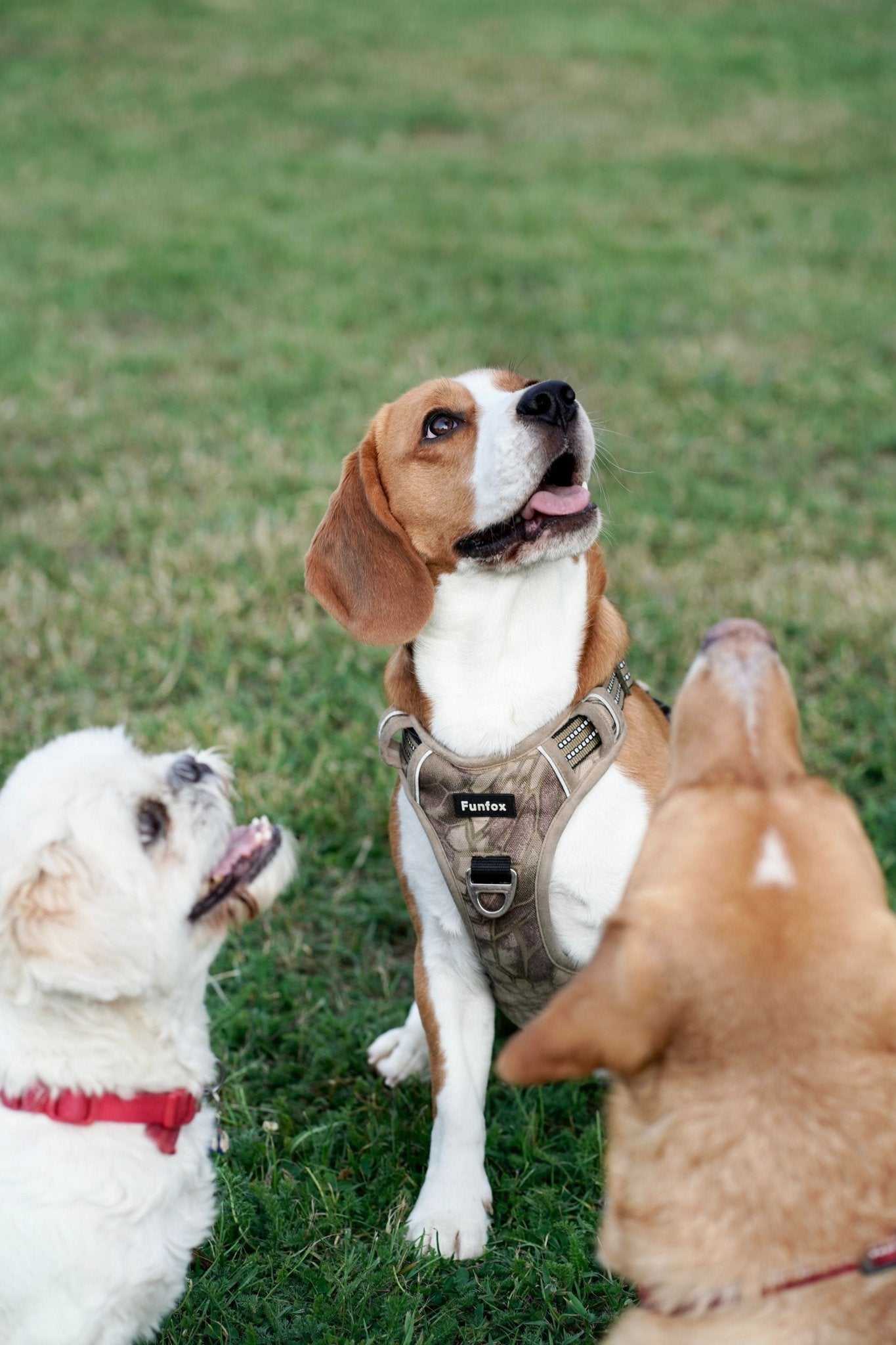
![Why is My Dog's Ear Swollen? [MUST KNOW!]](http://dope.dog/cdn/shop/articles/tim-higham-QxDXORRktWE-unsplash-555717.jpg?v=1697236049&width=1536)




